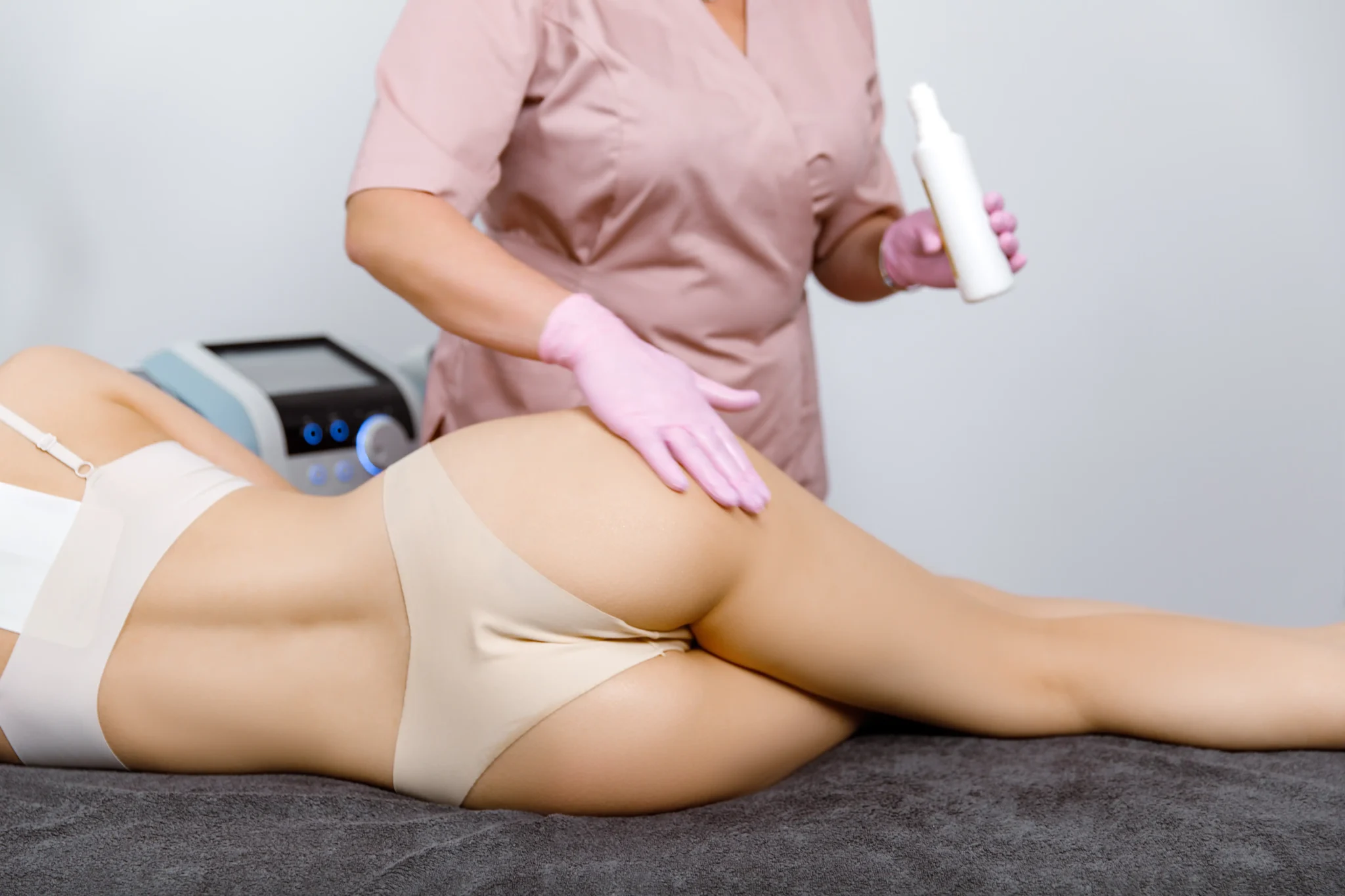
Preparation begins long before the day of surgery ever arrives
You won’t just show up and go under. A buttock lift starts weeks before. With lab tests. With medical clearance. With quitting smoking, if you haven’t already. It’s not just about the procedure—it’s about what your body brings to it.
You’ll meet your surgeon. Discuss your health, your weight, your goals. You’ll talk about scars. About aftercare. About how the procedure will work on your body—not someone else’s. Photos might be taken. You’ll get paperwork, instructions, a list of what to stop, what to avoid, what to prepare.
You’ll leave the clinic not with nerves, but with a timeline. That’s when the real preparation begins.
Stop smoking, stop certain medications, and start thinking ahead
If you smoke, you’ll need to stop. Weeks before surgery. Not just for healing—but for circulation, for skin survival, for safety. Nicotine constricts blood vessels. That raises risk. Of infection. Of poor healing. Of tissue death. It’s not a small request—it’s essential.
Medications like aspirin, ibuprofen, and some supplements thin the blood. Your surgeon will tell you when to stop them. Don’t wait. Don’t guess. Follow the list exactly. And if you’re unsure about anything you take—ask.
This is the quiet part of prep. The part where everything feels fine. But it’s when your body starts making room for healing.
Arrange help—this isn’t a solo recovery
You won’t drive home. You won’t stand easily. You won’t sit normally. So someone needs to be with you. For the ride. For the first few nights. To help with meals, clothing, moving, resting. If you live alone, make a plan now. Not later.
Set up your space. Extra pillows. A firm mattress. A table within reach. Put water, medications, wipes, your phone charger nearby. You won’t want to reach or twist. Make things accessible. Comfortable. Soft.
Prep meals. Think simple. Nourishing. Ready-to-eat. You won’t be cooking. You might not even be hungry. But your body needs food to heal.
Get your supplies before the day arrives
You’ll need a compression garment. Your clinic may provide it. Or tell you which one to buy. Don’t guess. It needs to fit right. Be snug. Support, not squeeze. You might need more than one—ask.
Other supplies: gauze, pads, mild soap, loose clothing. No buttons. No tight seams. Slippers you can slide into. Extra underwear. Ice packs, if approved. A wedge pillow or donut cushion—if sitting is allowed later. Get it all before surgery day. You won’t want to shop afterward.
It’s not just about being stocked. It’s about being steady. When your space is ready, your mind follows.
Know the real limits of the first week
You won’t sit normally. You’ll sleep on your stomach or side. You’ll move slowly. You’ll feel swollen. You’ll wear compression all day, every day. You might have drains. You might need help showering. This isn’t a casual week off—it’s structured rest.
You’ll take short walks. Gentle movement prevents clots. Helps circulation. But this isn’t the time to push. Let your body lead. You’ll tire easily. You’ll shift carefully. And that’s okay.
Understanding the limits now prevents frustration later. Healing isn’t fast. But it is steady.
Clear your calendar—it’s more than just one day
Don’t plan social events. Don’t expect to return to work in a few days. Don’t book long flights or major tasks. For at least two weeks, your body will be busy healing. Swelling will come and go. Bruising will shift. Stitches will stay in.
If your job is physical, you’ll need more time off. If you sit at a desk, you’ll need modifications. Ask your surgeon for timelines. Ask about returning to the gym. To sex. To driving. Don’t assume. Ask.
Your schedule after surgery should be soft. Flexible. Built around how you feel—not what the calendar says.
Prepare your mind for what you won’t love immediately
You’ll be swollen. Possibly uneven. You might see bruises in places that weren’t touched. The scar may look raised. You may feel regret—for a moment. That’s normal. The body looks strange before it looks better.
Take photos. Don’t rely on memory. Healing is slow, and small changes are hard to notice. But they happen. The shape settles. The scar fades. The discomfort lifts.
Preparing emotionally is just as important as preparing physically. This isn’t instant gratification—it’s transformation through patience.
Talk to your surgeon about the “what if”
What if something feels off? What if you notice drainage? What if one side looks different? Have a plan. Know who to call. Know what to expect. Ask about risks. Complications. And how they’re handled.
This isn’t about anxiety—it’s about readiness. You won’t panic if you’ve prepared. You’ll respond. That’s the difference.
A good recovery starts before the first incision.
